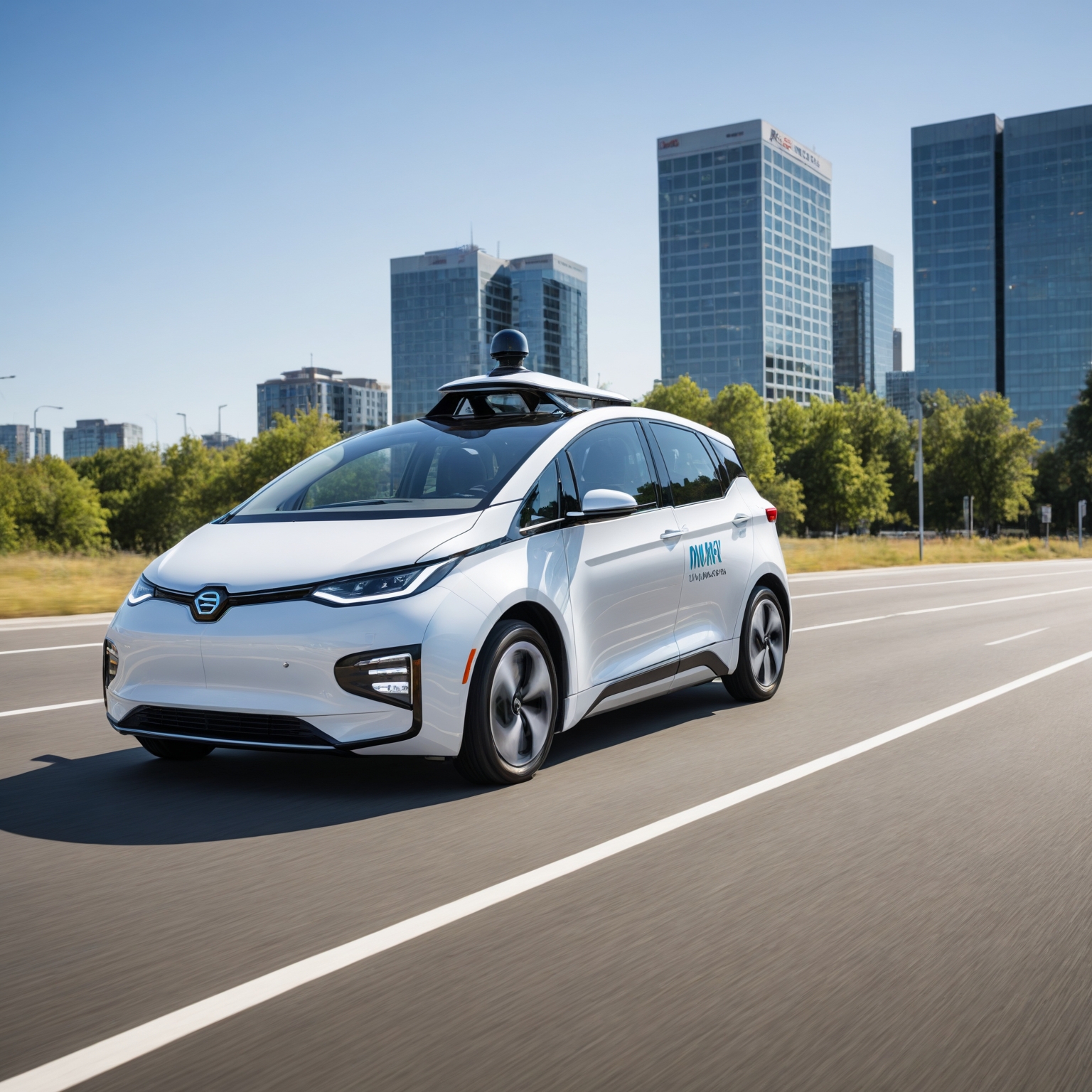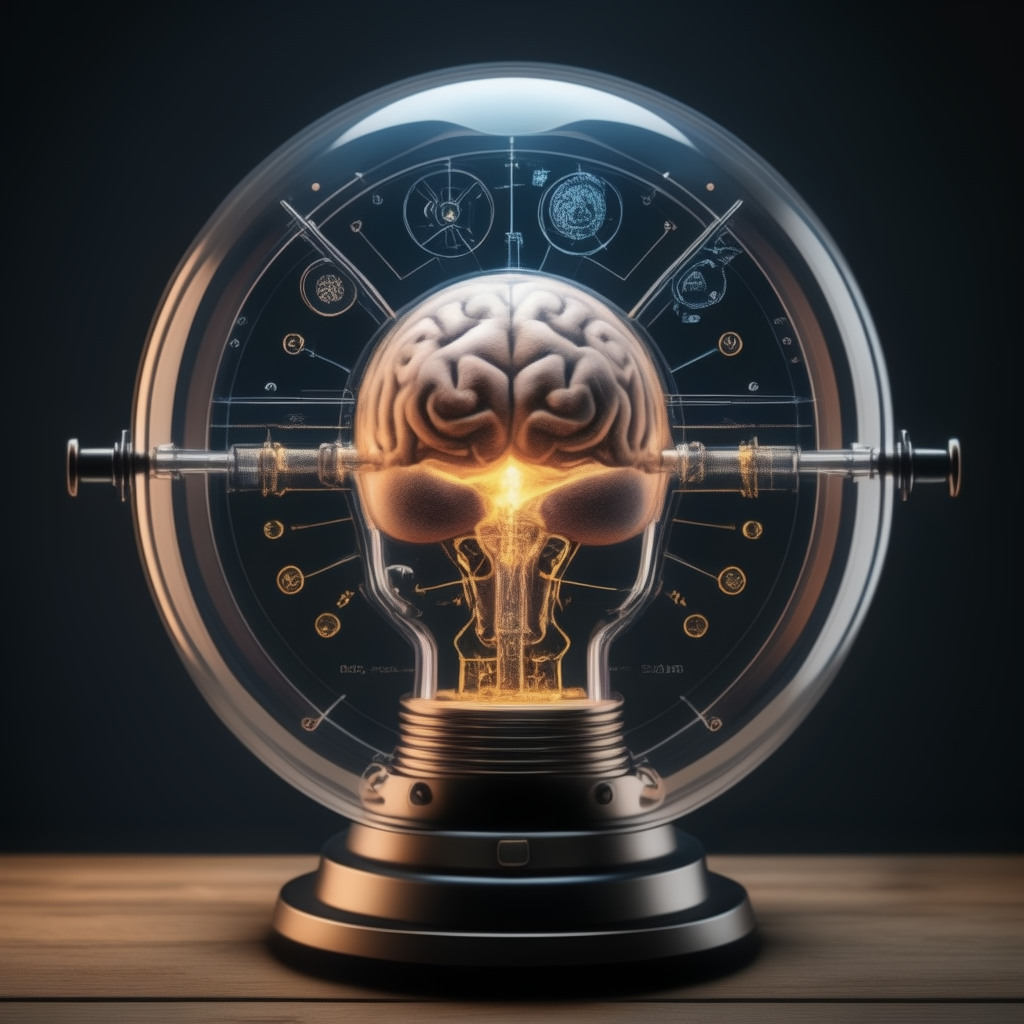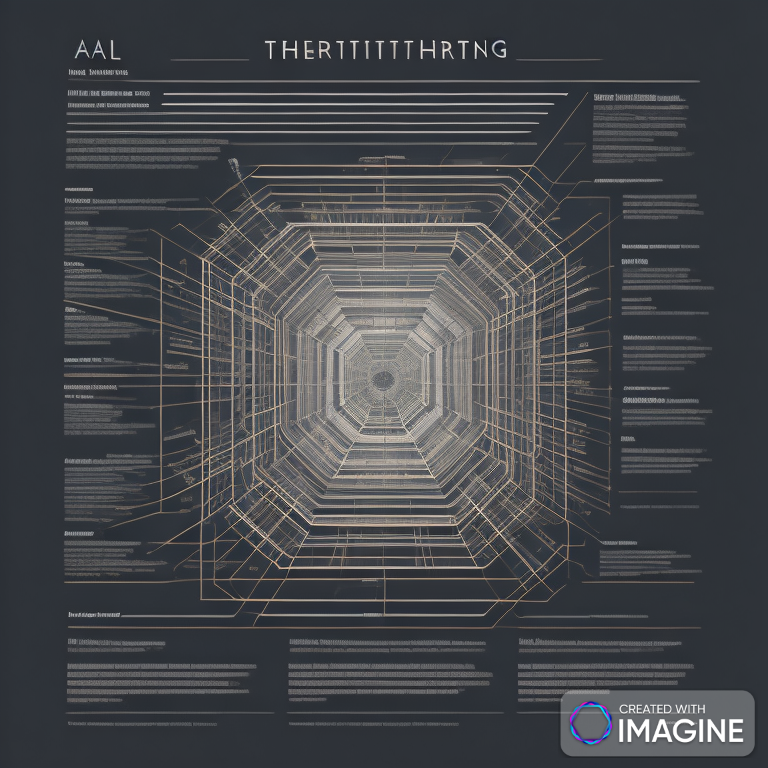Introduction
Self-driving cars represent a significant leap forward in technology, relying heavily on complex algorithms and AI/ML (Artificial Intelligence/Machine Learning) systems. This blog post will provide an end-to-end picture of how algorithms and AI/ML are used in autonomous vehicles, detailing the engineers’ thought processes, starting points, and the step-by-step procedure they follow to build these systems.
The Foundation: Understanding Self-Driving Cars
Self-driving cars, or autonomous vehicles (AVs), are equipped with sensors, cameras, and AI/ML algorithms that allow them to navigate roads, recognize obstacles, and make driving decisions without human intervention.
The Role of Algorithms in Self-Driving Cars
Algorithms are the backbone of self-driving technology, transforming raw data from sensors into actionable decisions. Here are some key types of algorithms used in autonomous vehicles:
- Perception Algorithms
- Object Detection and Classification: Using computer vision techniques, these algorithms identify and categorize objects like pedestrians, vehicles, traffic signs, and road markings.
- Sensor Fusion: Integrating data from various sensors (LiDAR, radar, cameras) to create a comprehensive view of the vehicle’s surroundings.
- Localization Algorithms
- Simultaneous Localization and Mapping (SLAM): Building a map of an unknown environment while simultaneously keeping track of the vehicle’s location within it.
- GPS and IMU Integration: Combining Global Positioning System data with Inertial Measurement Units to enhance location accuracy.
- Planning Algorithms
- Path Planning: Determining the optimal route from the current location to the destination, considering factors like road conditions and traffic.
- Behavior Planning: Deciding how the vehicle should behave in various traffic scenarios, such as merging lanes, stopping at intersections, and overtaking other vehicles.
- Control Algorithms
- Trajectory Tracking: Ensuring the vehicle follows the planned path accurately by adjusting the steering, acceleration, and braking.
- Feedback Control Systems: Continuously monitoring and adjusting the vehicle’s movements to maintain stability and safety.
The Role of AI/ML in Self-Driving Cars
AI/ML enhances the capabilities of self-driving cars by enabling them to learn from data, improve over time, and handle complex situations. Here’s how AI/ML is applied in autonomous vehicles:
- Training Models
- Data Collection: Gathering vast amounts of data from real-world driving scenarios to train AI models.
- Supervised Learning: Using labeled data to teach models how to recognize objects, predict movements, and make decisions.
- Reinforcement Learning: Allowing models to learn by trial and error, improving their performance through feedback and rewards.
- Perception and Understanding
- Deep Learning for Object Detection: Employing neural networks to detect and classify objects with high accuracy.
- Semantic Segmentation: Dividing the visual input into segments to understand the environment’s context better.
- Decision Making
- Predictive Modeling: Using AI to predict the actions of other road users based on their current behavior and historical data.
- Adaptive Planning: Continuously adjusting plans and routes in response to real-time changes in the environment.
Engineers’ Approach to Building Self-Driving Algorithms
Starting Point: Problem Definition and Requirements
AI/ML engineers begin by defining the problem and gathering requirements:
- Identifying Key Challenges: Engineers pinpoint the specific challenges the vehicle needs to address, such as object detection accuracy, reaction time, and environmental variability.
- Setting Performance Metrics: Establishing metrics for success, like the vehicle’s ability to recognize objects with a certain accuracy or navigate specific road types reliably.
Data Collection and Preprocessing
Data is the lifeblood of AI/ML systems. Engineers collect and preprocess massive datasets to train their models:
- Sensor Data Collection: Gathering data from cameras, LiDAR, radar, and other sensors during real-world driving sessions.
- Data Annotation: Labeling the collected data to create a training set for supervised learning.
- Data Augmentation: Enhancing the dataset by generating variations, such as changing lighting conditions or adding noise, to improve model robustness.
Model Development
Engineers develop AI models tailored to different aspects of autonomous driving:
- Selecting Algorithms: Choosing appropriate algorithms based on the problem, such as convolutional neural networks (CNNs) for image recognition or recurrent neural networks (RNNs) for sequence prediction.
- Training Models: Using powerful computational resources to train models on large datasets, iterating to improve performance.
- Hyperparameter Tuning: Adjusting model parameters to optimize accuracy and efficiency.
Testing and Validation
Rigorous testing ensures the reliability and safety of the self-driving algorithms:
- Simulation Testing: Running models in simulated environments to test their performance under various conditions without real-world risks.
- Real-World Testing: Deploying models in controlled real-world settings to validate their effectiveness and safety.
- Edge Case Analysis: Identifying and addressing rare or extreme scenarios that could challenge the vehicle’s capabilities.
Continuous Improvement
Self-driving technology is continually evolving. Engineers focus on ongoing improvement through:
- Feedback Loops: Collecting feedback from deployed vehicles to identify areas for enhancement.
- Incremental Updates: Regularly updating models and algorithms to incorporate new data and improve performance.
- Collaboration and Research: Staying abreast of the latest research and collaborating with other experts to integrate cutting-edge techniques.
Advanced Algorithms for Self-Driving Cars
Sensor Fusion for Robust Perception
- Multi-Sensor Integration: Combining data from cameras, LiDAR, radar, and ultrasonic sensors to create a comprehensive view of the vehicle’s surroundings.
- Data Calibration: Ensuring alignment and synchronization of data streams from different sensors to improve accuracy and reliability.
Environmental Modeling and Prediction
- Dynamic Environment Modeling: Creating real-time 3D maps of the surroundings to anticipate changes in road conditions and traffic patterns.
- Predictive Analytics: Using historical data and real-time inputs to predict future events, such as pedestrian movements or sudden changes in road infrastructure.
Decision-Making Algorithms
- Ethical Decision Making: Programming algorithms to handle ethical dilemmas, such as prioritizing between avoiding an obstacle and protecting passengers or pedestrians.
- Real-Time Adaptation: Algorithms that dynamically adjust driving behavior based on immediate environmental cues, ensuring safe and efficient navigation.
AI/ML Techniques Enhancing Autonomous Capabilities
Reinforcement Learning Applications
- Continuous Learning: Enabling vehicles to improve their driving behavior over time through continuous interaction with the environment and feedback loops.
- Behavioral Adaption: Learning optimal driving strategies in complex scenarios, such as merging lanes or negotiating roundabouts.
Semantic Understanding and Contextual Awareness
- Contextual Understanding: Utilizing natural language processing (NLP) techniques to interpret and respond to verbal commands from passengers or pedestrians.
- Emotional Recognition: Integrating AI systems capable of recognizing human emotions through facial expressions or voice cues for safer interaction.
Edge Computing and Real-Time Processing
- Onboard Processing: Leveraging edge computing to process data locally in real-time, reducing latency and enhancing responsiveness in critical situations.
- Data Privacy and Security: Implementing secure AI models to protect sensitive information collected by onboard sensors and systems.
Challenges and Considerations in AI/ML Development for Self-Driving Cars
Regulatory Compliance and Safety Standards
- Legal Frameworks: Navigating complex regulatory landscapes to ensure compliance with safety standards and liability considerations.
- Certification Processes: Meeting stringent requirements for autonomous vehicle deployment and operation in different regions.
Human-Machine Interaction
- User Experience Design: Designing intuitive interfaces and user interactions that enhance trust and acceptance of autonomous technologies.
- Situational Awareness: Developing AI systems that communicate effectively with passengers and other road users to promote mutual understanding and safety.
Simulation and Validation
- Scenario Testing: Conducting extensive simulation testing to evaluate AI/ML models in diverse scenarios, including extreme weather conditions and rare edge cases.
- Validation Protocols: Establishing rigorous validation protocols to verify the reliability and robustness of autonomous systems before deployment.
Future Directions and Innovations in Autonomous Driving
AI-Driven Predictive Maintenance
- Predictive Analytics: Using AI to monitor vehicle health in real-time and predict maintenance needs, reducing downtime and enhancing operational efficiency.
- Autonomous Fleet Management: Optimizing fleet operations through AI-driven scheduling, routing, and vehicle-to-vehicle communication.
Ethical AI and Transparency
- Explainable AI: Developing AI models that provide transparent explanations for their decisions, fostering trust and accountability in autonomous systems.
- Ethical Guidelines: Establishing ethical frameworks and guidelines for the responsible development and deployment of AI-driven autonomous technologies.
Understanding the Engineer’s Aptitude and Thought Process
Engineering Mindset in Algorithm Development
- Systems Thinking: Engineers approach self-driving car algorithms with a holistic view, considering how individual components (perception, planning, control) integrate to achieve overall vehicle autonomy.
- Problem Decomposition: Breaking down complex driving tasks into manageable sub-problems, each solvable with specific algorithms and AI/ML techniques.
- Iterative Design: Embracing an iterative approach to algorithm development, where solutions evolve through continuous refinement based on real-world testing and feedback.
Human-Centric Design Principles
- User-Centered Approach: Focusing on designing algorithms that prioritize safety, reliability, and user acceptance, ensuring autonomous systems interact intuitively with human drivers and pedestrians.
- Ethical Considerations: Integrating ethical frameworks into algorithm design, such as algorithms that prioritize safety and fairness in decision-making scenarios.
Multi-Disciplinary Collaboration
- Cross-Domain Expertise: Collaborating with experts in diverse fields (e.g., robotics, psychology, law) to address complex challenges, such as legal implications, human behavior, and societal impact.
- Integration of Feedback: Incorporating feedback from stakeholders, including regulatory bodies, industry partners, and the public, to refine algorithms and ensure alignment with broader societal goals.
Thought Process in Algorithm Development
Data-Driven Decision Making
- Data Acquisition Strategies: Strategizing data collection efforts to capture diverse driving scenarios and environmental conditions, crucial for training robust AI/ML models.
- Quality Assurance: Implementing rigorous data validation and cleansing processes to ensure data integrity and reliability for accurate algorithm training.
Machine Learning Model Selection and Optimization
- Algorithm Selection: Evaluating and selecting appropriate machine learning algorithms (e.g., deep learning, reinforcement learning) based on task complexity, data availability, and computational constraints.
- Hyperparameter Tuning: Fine-tuning model parameters to optimize performance metrics such as accuracy, speed, and resource efficiency, balancing trade-offs for real-time application in self-driving scenarios.
Real-World Simulation and Validation
- Simulation Testing: Leveraging advanced simulation environments to emulate diverse driving conditions and edge cases, validating algorithm robustness and safety before real-world deployment.
- Validation Protocols: Establishing comprehensive validation protocols to verify algorithm reliability, safety compliance, and adherence to regulatory standards.
Continuous Learning and Adaptation
Adaptive AI Systems
- Learning from Experience: Developing AI systems capable of continuous learning and adaptation based on real-world driving experiences and evolving environmental factors.
- Behavioral Analysis: Analyzing driving behavior data to refine algorithms for anticipatory decision-making, enhancing vehicle responsiveness and proactive hazard avoidance.
Future-Proofing Autonomous Technologies
- Technological Advancements: Staying abreast of emerging AI/ML advancements, such as quantum computing and edge AI, to anticipate future challenges and opportunities in autonomous vehicle development.
- Scalability and Integration: Designing algorithms that support scalable deployment across diverse vehicle platforms and integration with smart city infrastructures for seamless autonomous mobility.
Conclusion
Engineers at the forefront of self-driving car technology employ a blend of technical expertise, interdisciplinary collaboration, and human-centered design principles to develop algorithms that enable safe, efficient, and reliable autonomous driving experiences. By navigating complex challenges with innovation and ethical foresight, these engineers shape the future of transportation, paving the way for a connected and autonomous mobility ecosystem that enhances safety, sustainability, and quality of life worldwide.
The development of self-driving cars relies on sophisticated algorithms and AI/ML technologies that enable vehicles to perceive their environment, make complex decisions, and interact safely with their surroundings. As engineers continue to innovate and overcome challenges in AI/ML development, the future of autonomous driving holds promise for revolutionizing transportation, enhancing safety, and reshaping urban mobility. By embracing advancements in algorithms and AI/ML techniques, we can pave the way towards a more autonomous and connected future on our roads.
The development of self-driving cars is a complex and multidisciplinary endeavor, involving intricate algorithms and advanced AI/ML techniques. By understanding the foundational elements and methodologies, we can appreciate the incredible engineering effort behind these autonomous systems. Engineers must continuously adapt, innovate, and improve to navigate the challenges of creating safe and reliable self-driving cars. As technology progresses, the future of transportation looks increasingly autonomous, promising enhanced safety, efficiency, and convenience.






